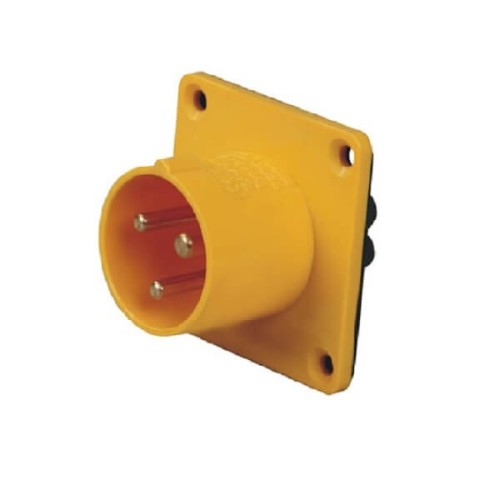
In mission-critical industries, the right industrial connector types aren’t just accessories—they’re lifelines. From robotic assembly lines to offshore wind farms, these components ensure seamless power, data, and signal flow where failure isn’t an option. But with countless options available, how do you choose the perfect match for your project? Let’s decode the unsung heroes of industrial connectivity.
Core Connector Categories Built for Chaos
- Circular Connectors: Ruggedized and rotation-proof, these dominate robotics and aerospace, handling constant motion and dust.
- Rectangular Connectors: Modular giants in automation control panels, supporting high-density wiring with easy snap-in upgrades.
- Heavy-Duty Power Connectors: Engineered for mining equipment and EV charging stations, delivering megawatt-level loads without overheating.
- Fiber Optic Connectors: Immune to EMI, these backbone 5G networks and smart grid monitoring in lightning-prone regions.
- Hybrid Connectors: Combine power, data, and fluid lines in one unit—revolutionizing food processing and pharmaceutical machinery.

Niche Innovators Redefining Industrial Standards
Beyond mainstream types, specialty connectors tackle unique challenges:
- Explosion-Proof Connectors: Certified for oil refineries, they prevent sparks in volatile atmospheres.
- Submersible Connectors: With IP69K ratings, they thrive in deep-sea sensors or car wash systems.
- Quick-Disconnect (QD) Connectors: Enable tool-free swaps in agriculture machinery during harvest crunch times.
The Hidden Tech Behind Unbreakable Links
Modern industrial connector types integrate cutting-edge materials:
- Self-Healing Polymers: Repair minor abrasions in cable jackets exposed to abrasive mining environments.
- Gold-Nickel Alloy Contacts: Resist arc erosion in high-voltage railway systems.
- Thermoplastic Shells: They withstand UV radiation in solar farms without brittleness.

Future-Proofing Connectivity in Smart Industries
As AI and IoT surge, connectors evolve:
- Miniaturized Nano-Connectors: Enable precision in surgical robots and wearable factory sensors.
- Self-Diagnosing Connectors: Embed microchips to alert teams about wear or moisture risks via IIoT platforms.
- Wireless Hybrid Models: Blend physical links with Bluetooth pairing for backup redundancy in autonomous warehouses.
Industrial Connector Types: The Silent Guardians of Progress
Choosing the right industrial connector type isn’t just about specs—it’s about aligning with your system’s soul. Whether battling desert sandstorms or zero-gravity labs, these components ensure your tech thrives where others fail.
Ready to transform reliability challenges into triumphs? Explore industrial connector types designed not just to connect but to endure. Your toughest applications deserve nothing less than engineering excellence!



















Leave a comment